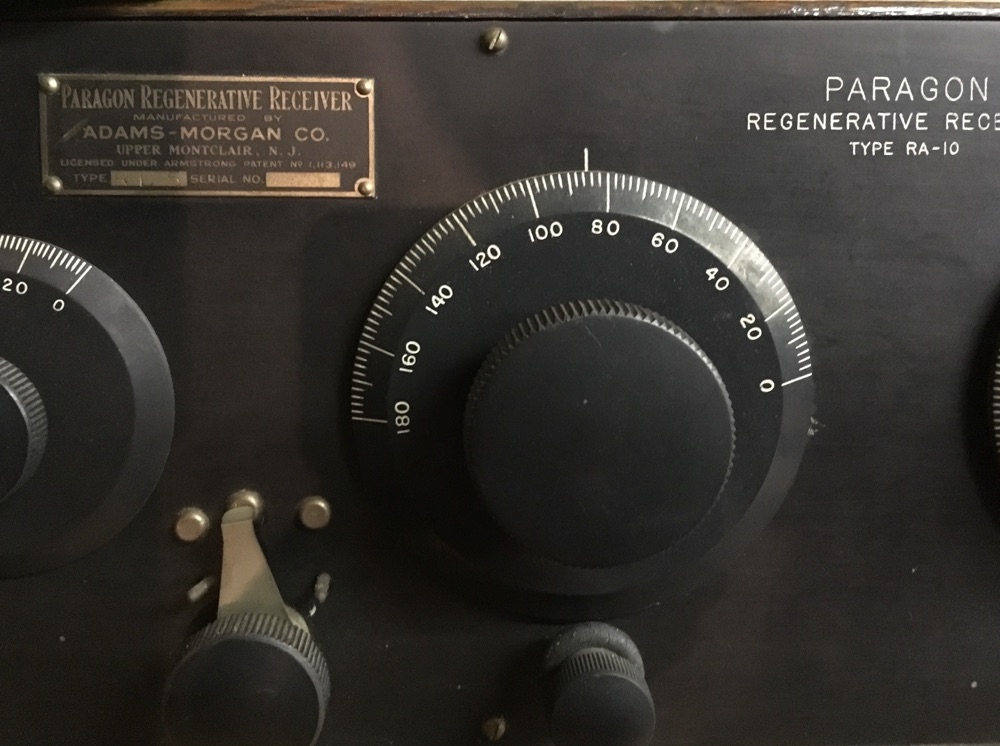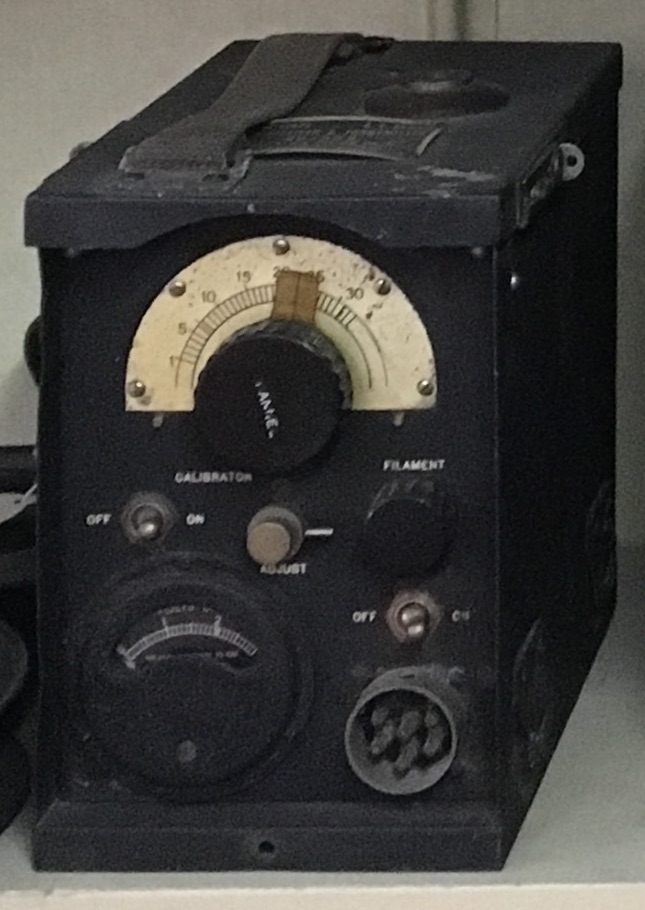This is the original version of the Model 10A 4340 “breadboard” AM radio. The changes from the earlier designs include replacing the Variometers with coils and adjustable capacitors. This was Atwater Kent’s first really successful radio to use a fixed inductor and a variable capacitor for tuning, after the short lived Radiodyne. This one has …
Continue reading "Atwater Kent Model 10A 4340 Radio #2" →
This Atwater Kent Model 10A 4340 Breadboard radio was introduced on May 29, 1924.
→
This is the original version of the Model 10A 4340 “breadboard” AM radio. The changes from the earlier designs include replacing the Variometers with coils and adjustable capacitors. This was Atwater Kent’s first really successful radio to use a fixed inductor and a variable capacitor for tuning, after the short lived Radiodyne. This one has …
Continue reading "Atwater Kent Model 10A 4340 Radio #3" →
This Atwater Kent Model 10B 4550 Breadboard radio was introduced about 1924.
→
This Atwater Kent Model 10C 4700 Breadboard radio was introduced on May 29, 1924.
→
This is an improved version of the original Model 10 “breadboard AM radio. The changes from the earlier version include eliminating the potentiometer that controlled RF amplifier grid bias and replacing it with an 800 Ohm damper resistor, and eliminating the bypass capacitors on the RF amplifier filaments. The set uses two 201A tubes for …
Continue reading "Atwater Kent Model 10C 4700 Radio #2" →
Atwater Kent model 30 receiver in Pooley model 1600 wood floor-model cabinet.
→
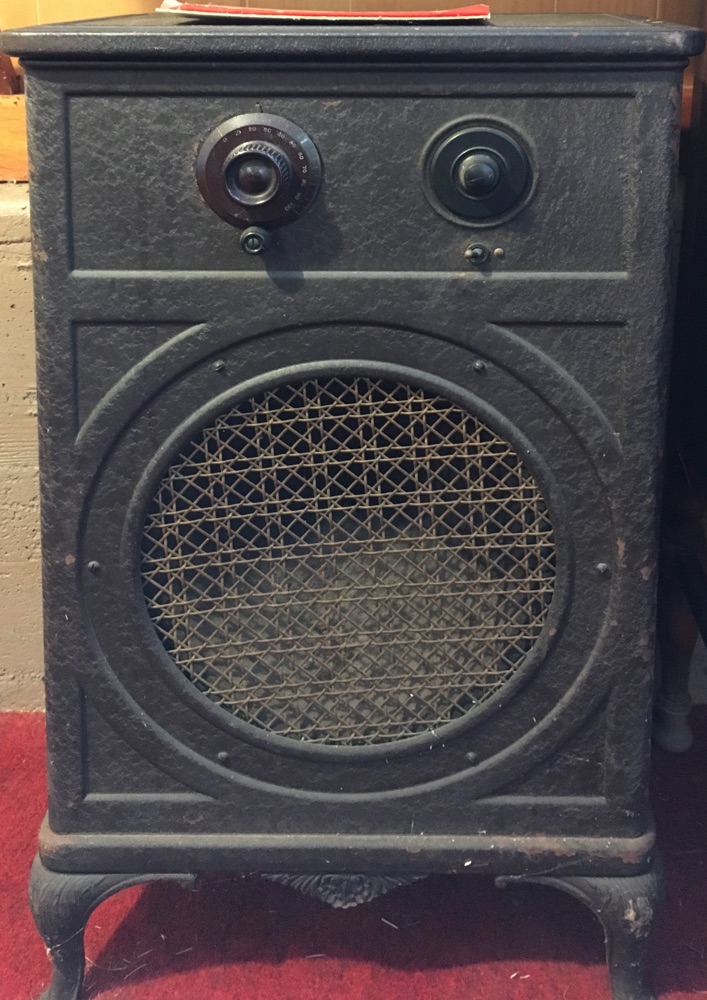
Atwater Kent model 42 radio receiver in floor model metal cabinet with large speaker.
→
This 1929 radio was produced by the Atwater Kent (AK) company of Philadelphia, Pennsylvania. At first look it is not apparent that it is a radio.
→
This is an improved version of the original Model 9 “breadboard AM radio. The changes from the earlier version include replacing the Variometer with a coil and an adjustable capacitor, and removing a potentiometer. The set uses one 201A tube for the Radio Frequency section, a 200 tube for the Detector, and two 201A tubes …
Continue reading "Atwater Kent Model 9C 4660 Radio" →
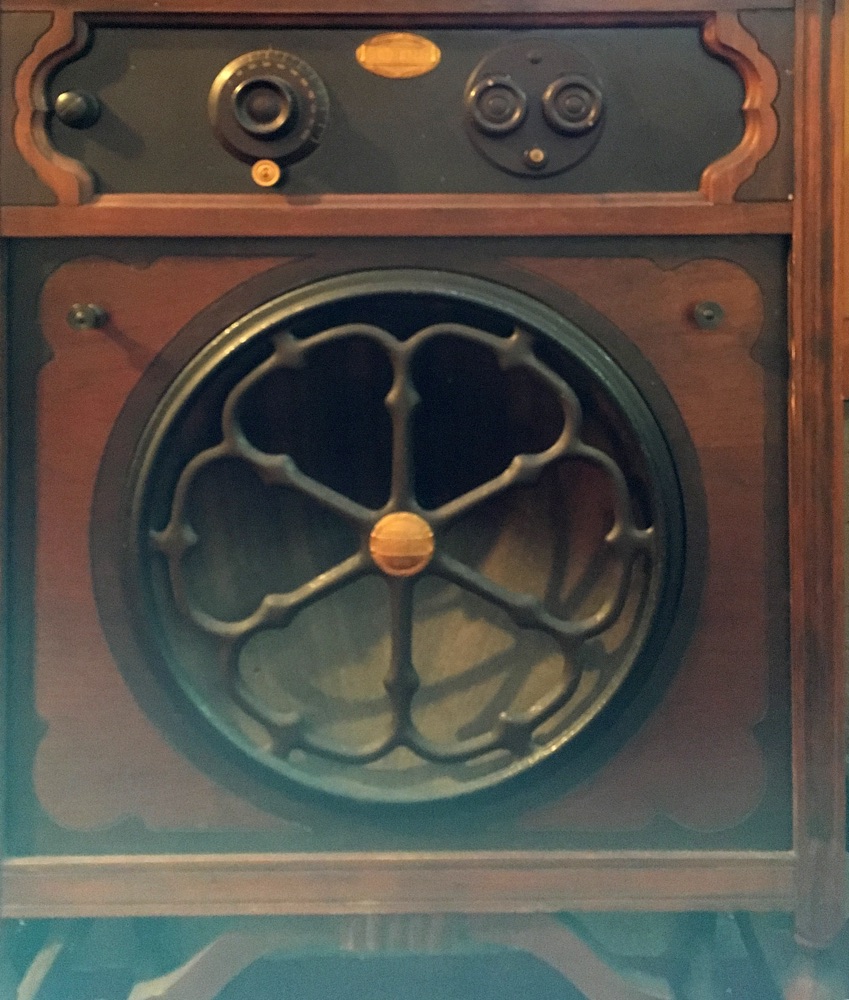
Atwater Kent model 33 receiver and loudspeaker in Pooley floor-model wood cabinet.
→
Bremer-Tully was know for making high quality radio components, radio kits, and complete radios.
→
A Crystal Radio is one of the simplest forms of an AM radio and was introduced more than 100 years ago. It does not need any vacuum tubes or transistors, and does not need any external power source.
→
This E.H. Scott Allwave 23 Imperial high-fidelity receiver was made in Chicago, Il in about 1936.
→
This E.S. Ritchie receiver was manufactured in Brookline, Massachusetts USA, probably in the 1920s
→
French field radio telegraph in wood case. Labelled “Recepteur Radiotelegraphique No. T. M. 1915”
→
The S-120 was an entry level shortwave radio that was introduced in 1961. It replaced the previous S-38 series of receivers. This radio featured a totally modern-looking cabinet, 4 bands, internal speaker, and a BFO (Beat Frequency Oscillator) which was necessary for the resolution of single sideband signals. The radio even came with its own …
Continue reading "Hallicrafters AM Broadcast & Shortwave Receiver, Model S-120" →
It can receive the AM broadcast band (540 KHz to 1650 KHz), and 3x shortwave bands covering 1.65-5.1 MHz, 5-14.5 MHz, and 13-31 MHz. It has five vacuum tubes. The tubes are a 12SA7: Oscillator & Mixer, 12SK7: IF Amplifier, 12SQ7: 1st Audio Amplifier, and Detector, a 50L6: Audio Amplifier, and a 35Z5 Rectifier in …
Continue reading "Hallicrafters AM Broadcast & Shortwave Receiver, Model SR10A" →
This Hyatt Model A portable broadcast receiver was made in 1927 or 1928. It was quite expensive at $105 with batteries and tubes, which is almost $2,000 in 2025 value. It is a TRF (Tuned Radio Frequency) design and uses 6x UX199 triode vacuum tubes that have 3.3V filaments. It uses 3x 1.5V dry cell …
Continue reading "Hyatt Electric Corporation Model A Portable Receiver" →
Made for the U. S. Army Signal Corps.
→
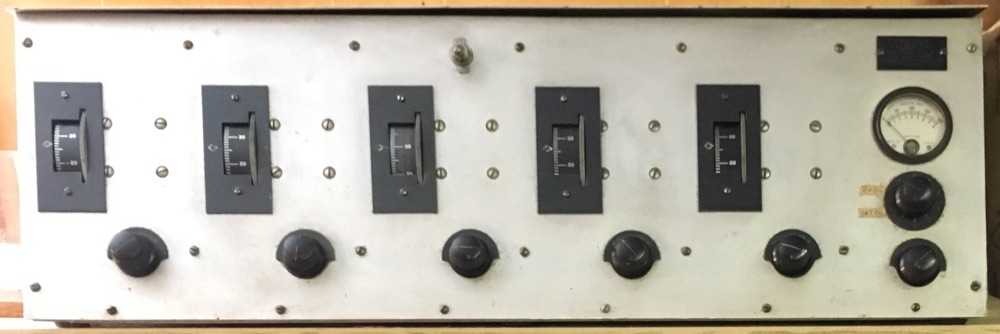
According to Alan Douglas in his book Radio Manufacturers of the 1920s, Charles Leutz began his own business, Experimenters Information Service, in cooperation with Claude Golden, in 1921. They sold blueprints for superheterodyne radios designed by Leutz. They eventually began the Golden-Leutz Co. and sold part kits with the plans. By 1924 RCA had successfully sued to prevent Leutz from making superheterodyne kits.
→
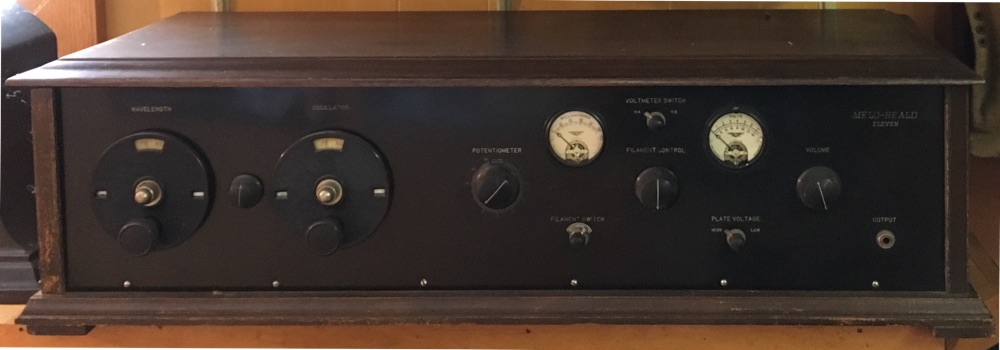
Melo-Heald Eleven superheterodyne receiver in wood case.
→
This portable radio, model Horizon-219, was manufactured by the Minsk radio plant some time after 1979. It can be tuned in several frequency ranges; long wave, medium wave, short wave with 5 separate sub-ranges, and ultra-short wave which corresponds to FM radio. There is a telescopic antenna for receiving short and ultra-short radio waves and a …
Continue reading "Minsk Radio Plant, Horizon 219 Receiver" →
The HRO-60 is one of the most iconic shortwave receivers in radio history. Although it was first made back in 1952 it is still sought after by modern radio collectors and listeners.
The HRO-60 was manufactured by National Radio Company of Malden, Massachusetts (moving to Melrose, MA in 1964). The last HRO-60’s were produced in 1962.
→

Operators:
John L Vincent Op. August 28, 1919
Norman F Moore, Op. 21-22
M. A. Hauge, Op. 27
C. Dunn, p. 29 & 30
→
This 1938 system is a Philco 38-116 radio chassis and a Capeheart turntable in a Radiobar cabinet.
→
The first two digits of the model number of this radio indicate that it was manufactured in 1938. Philco first started assigning model numbers by year prefixes in 1937. The first Philco chairside radio was the model 370 Lazyboy designed by Norman Bel Geddes. A chairside radio was designed to be placed next to a chair …
Continue reading "Philco 38-7CS Chairside Radio" →
The Model 39-25T is Philco's first tabletop radio to feature a slanted control panel.
→
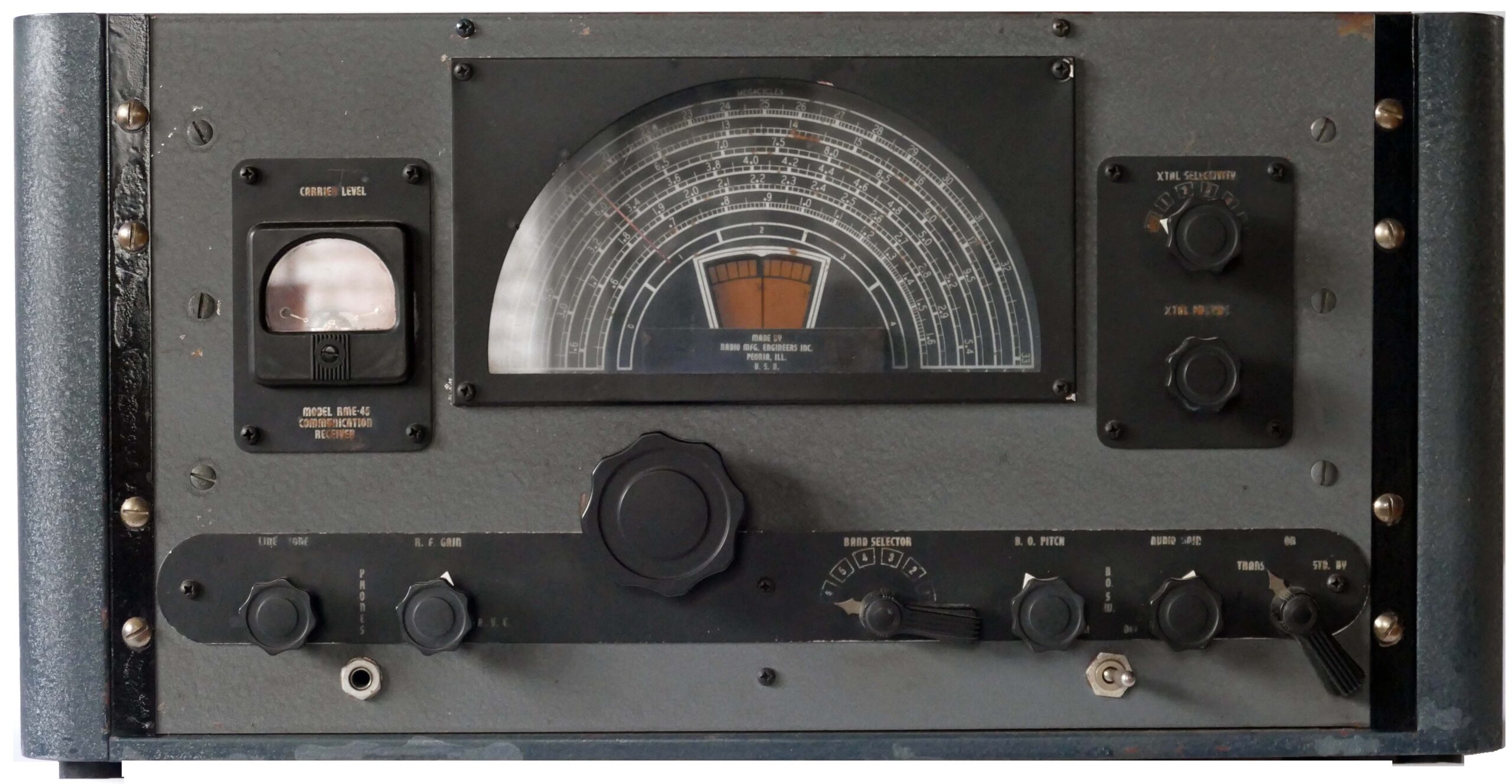
Radio Manufacturing Engineers Company began business in 1932 in Peoria, IL. By 1953 they had merged with Electro-Voice, the famous manufacturer of microphones. This particular radio, the RME-45 from 1946 was a very capable unit. The example in our collection was purchased new in 1946 by New England Wireless and Steam Museum founder Robert Merriam.
→
Patented
Jan 15, 1907 Oct 6, 1914 July 3, 1917
Feb 18, 1908 June 1 1915 Sept 11, 1917
Mar 14 1911 Jan 23 1917 Oct 22, 1918
Jan 14, 1913 Dec 23, 1919
Sept 6, 1914 Aug 22, 1922
Patents Pending
→
Made for the U. S. Army Signal Corps.
→
This 6-tube AM & SW superheterodyne console receiver was made by the RCA Victor Company and sold for $49 in 1936. The tuning range is 540 KHz to 1.8 MHz for the AM Broadcast band, and 2.0 MHz to 6.0 MHz for the Short Wave band. It is AC powered so no need for batteries. …
Continue reading "RCA 6k Receiver" →
This Superheterodyne Portable AM Broadcast Receiver was made by RCA Victor in 1940 at a cost of $20. It can receive AM broadcasts in the normal frequency range of 540 kHz to 1.6 MHz. It uses a “D” 1.5V flashlight battery to power the filaments, and a 67.5B “B” for the rest of the circuitry. …
Continue reading "RCA Model BP-10 Portable Broadcast Receiver" →
Patented Jan. 15, 1907 Feb. 18, 1908 Mar. 14, 1911 Jan. 14, 1913 Sept. 3, 1914 Oct. 6, 1914 June 1, 1915 Jan. 28, 1917 July. 8. 1917 Sept. 17, 1917 Oct. 22, 1918 Dec. 23, 1919 Aug. 22, 1922 Patents Pending Property of Radio Corporation of America Not Licensed for use by Ornts.
→
The Infradyne is a variation of a Superheterodyne and was designed by E.M. Sargent
→
Use with Radio and Tel & Tel Set Type SCR-132
→
Made for the U. S. Army Signal Corps. In leather case, with key, sounder and space for batteries.
→
Short Range Radio Telephoning Set for 32 Volt DC supply consisting of:
→
Varoujan Karentz, W1YLB, built this Amateur Radio Transceiver, starting in 1965, because someone gave him a Collins 455 kHz Mechanical Filter. Over the course of many months he prototyped and tested several sections of the transceiver, improving the designs during the process. Most of the parts for the transceiver came from his “junk drawer”, so …
Continue reading "Varoujan Karentz Amateur Radio Transceiver" →
In canvas case with carrying strap. With telephone-style handset.
→

Marked: “M. W. T. Co. Ltd.”
→
Wood case, with key and headphone.
→
The New England Wireless and Steam Museum has a large collection of test equipment spanning from the late 1800s through the 1950s. All-Test Instrument Resistance Amrad Variometer 2752 Amrad Wavemeter Type D Artmann & Baun A. G. Frankfurt A/M. Audibility Meter Type 164B Audibility Meter Type CR836 Audion Control Box SE-1071 Calibration Headset, Frequency Meter …
Continue reading "Wireless Test Equipment" →
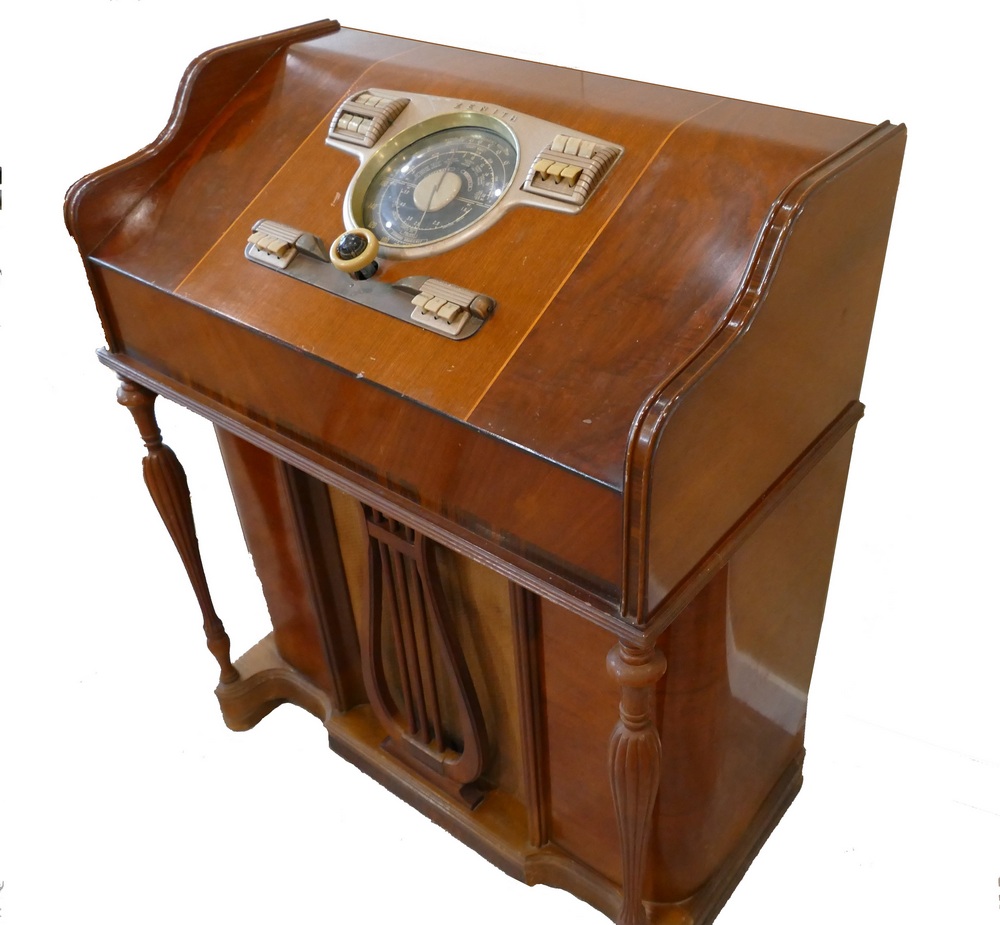
This 1941 Zenith radio received broadcast AM, FM, and two shortwave bands and was housed in an attractive spinet cabinet.
→
Zenith Model 7S529 Table Radio, 7A02 Chassis This especially attractive model from 1941 features reception of the AM broadcast band and two shortwave bands. This table model features a wooden cabinet with decorative cutouts for the speaker and cooling of the 7 vacuum tubes that support its superheterodyne circuit. The rear panel, unlike many antique …
Continue reading "Zenith Model 7S529 Table Radio" →
Zenith Model 8S563 Console Radio, 8A02 Chassis This attractive console superheterodyne radio was manufactured in 1940. It features 8 vacuum tubes. The radio receives the regular AM broadcast band and two shortwave bands. To the left side of the dial are 6 buttons that control the fidelity of voice and music programs. The 6 push …
Continue reading "Zenith Model 8S563 Console Radio" →
Zenith Model H3267R Television and Entertainment Center This Zenith TV was sold in several different versions in 1950 and 1951. Ours is a Model H3267R. The first letter in the model number, “H”, indicates that it was made in 1951. The ’32’ in the model number is derived from the total number of tubes in …
Continue reading "Zenith Model H3267R Television and Entertainment Center" → 





